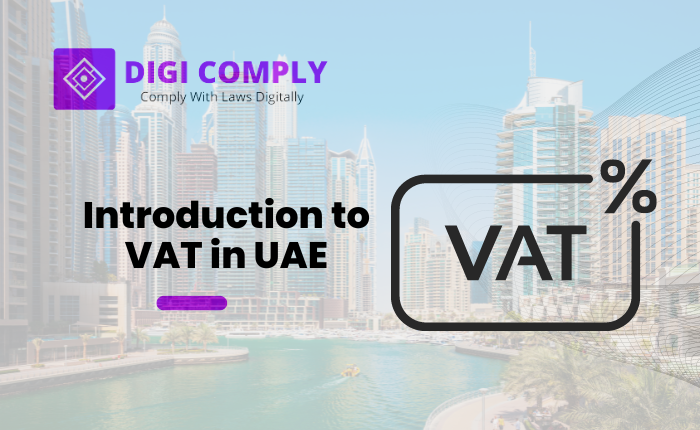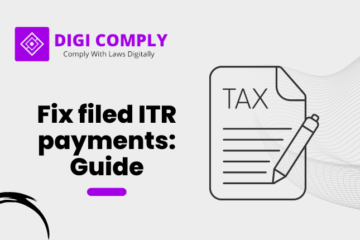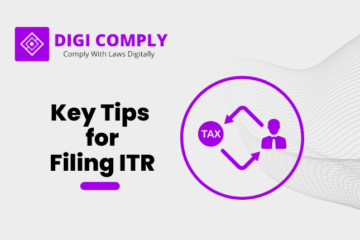In the United Arab Emirates (UAE), the Value Added Tax (VAT) represents a comprehensive consumption tax applicable to the majority of goods and services transactions, unless explicitly exempted by law. Within this system, VAT is imposed at each stage of the value addition along the supply chain. The concept of Input Tax Deduction ensures that businesses effectively function as tax agents or collectors on behalf of the government. They collect the tax from end consumers, account for it, and remit it to the authorities. Ultimately, the burden of the tax falls upon the end consumer.
The government authorities have been diligently working to implement VAT in the UAE, and they have reached significant milestones during this process:
1. The draft UAE VAT Law has been made available through the Ministry of Finance (MOF).
2. The Federal Law on tax procedures has been released.
3. The VAT Decree-Law has also been issued.
4. Online VAT Registration has been initiated through the FTA portal.
Looking ahead, the finalization of the UAE executive regulation will be the next pivotal step in the seamless implementation of VAT in the country.
Value-Added Tax (VAT) Implementation in the UAE
The introduction of Value Added Tax (VAT) in the United Arab Emirates is set to commence on January 1st, 2018, marking a significant milestone in the region’s economic landscape. Notably, both the Kingdom of Saudi Arabia and the UAE are taking the lead as the first two member countries of the Gulf Cooperation Council (GCC) to embrace this fiscal measure.
While the implementation of VAT in the UAE is a momentous step towards enhancing its revenue generation and economic diversification efforts, it is essential to understand the key principles underlying this taxation system. A standard VAT rate of 5% will be applied to the supply of goods and services within the country.
However, it is worth noting that certain essential supplies will be treated differently under the new tax framework. For instance, local passenger transportation, specified financial services, healthcare services, and exports outside the GCC region are among the supplies that may either be zero-rated or exempted from VAT in the UAE.
To ensure transparency and better compliance, the UAE awaits the release of the ‘Executive Regulations’ for VAT, which will provide a comprehensive understanding of the criteria and controls governing the exemption of specific supplies as outlined in the UAE VAT law.
With this pivotal implementation, the UAE is poised to join the ranks of other economically progressive nations worldwide that have successfully integrated VAT into their fiscal policies, fostering sustainable development and a more robust economy for the nation and its citizens.
Business Preparedness for Value-Added Tax (VAT) in the United Arab Emirates (UAE)
With the scheduled implementation of VAT in the UAE on 1st January 2018, the time available, a mere two months from now, is of paramount importance for businesses to effectively prepare for the new taxation system and become ‘VAT Ready.’ The term ‘VAT Ready’ denotes not just readiness on the designated date but signifies the present state of preparedness for VAT compliance.
The first crucial aspect of this readiness involves ensuring that all financial transactions are meticulously recorded, and books of accounts are maintained accurately and kept up to date. These records will serve as evidence for meeting the minimum annual turnover threshold for registration. Based on this information, businesses may either be obligated to register for VAT or may qualify for an exemption from registration.
Secondly, being ‘VAT Ready’ necessitates the ability to appropriately charge VAT on taxable goods and services supplied, account for the VAT paid on purchases to claim an Input tax deduction, and regularly file online VAT returns that disclose the pertinent details of VAT charged and paid.
Consequently, the initial and immediate step towards VAT preparedness involves exploring the most suitable VAT Software. Adopting such software will not only ensure compliance with VAT regulations when implemented but will also facilitate a seamless transition into the new VAT era.
In addition to identifying and integrating the best VAT Software, it is imperative for businesses to grasp the fundamentals of VAT and understand its implications on their operations. Anticipating that businesses may need to make adjustments to their financial management, bookkeeping, and overall business practices to fully adhere to VAT requirements, we highlight the following key tasks for achieving VAT readiness:
1. Explore the best VAT Software and align it with your business activities.
2. Enhance organizational competency by educating teams on the fundamentals of VAT and its impact on the business.
3. Review and adapt your business processes, practices, and procedures, such as pricing, procurement, invoicing, and logistics, to align with VAT requirements.
4. Ensure the accuracy and timeliness of your books of accounts.
5. Inform vendors and customers about VAT and the subsequent impact on their transactions.
Effective preparation and smooth transitioning to VAT compliance are crucial for businesses to navigate the upcoming changes successfully. By taking proactive measures and embracing the necessary adjustments, businesses can ensure a seamless and compliant approach to the forthcoming VAT era in the UAE.
If You have any queries then connect with us at support@legalsuvidha.com or info@digicomply.in & contact us & stay updated with our latest blogs & articles





